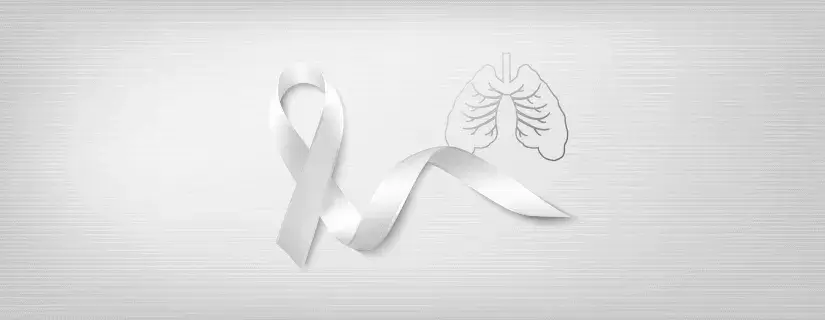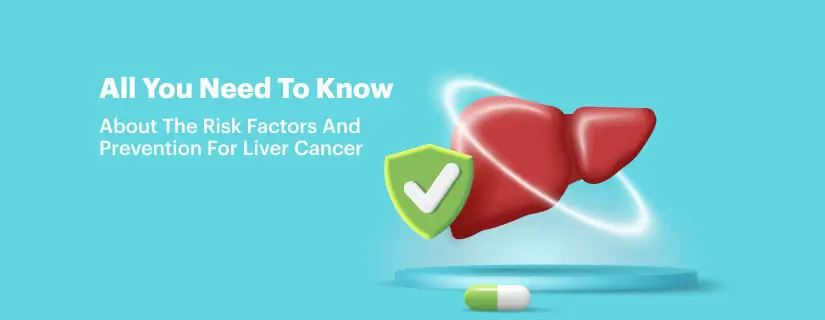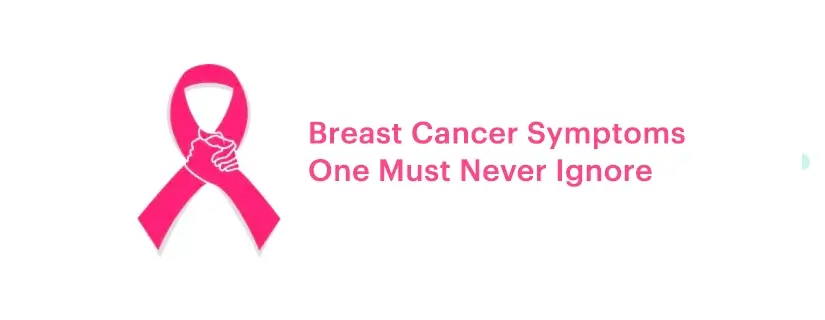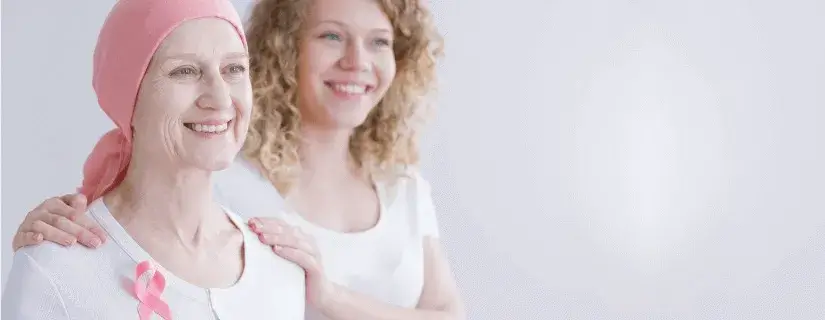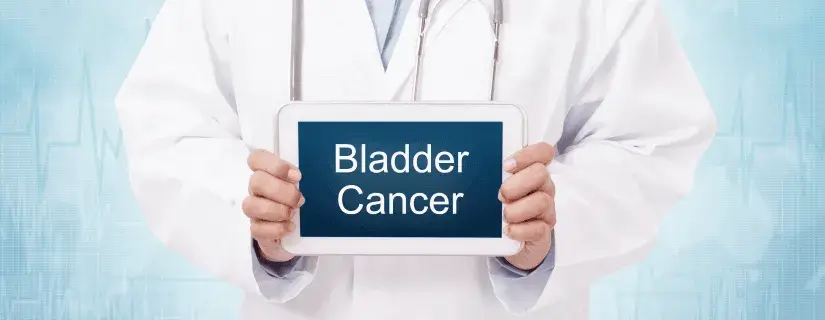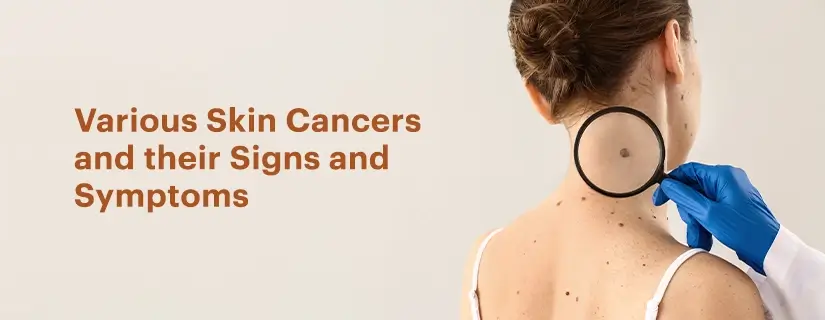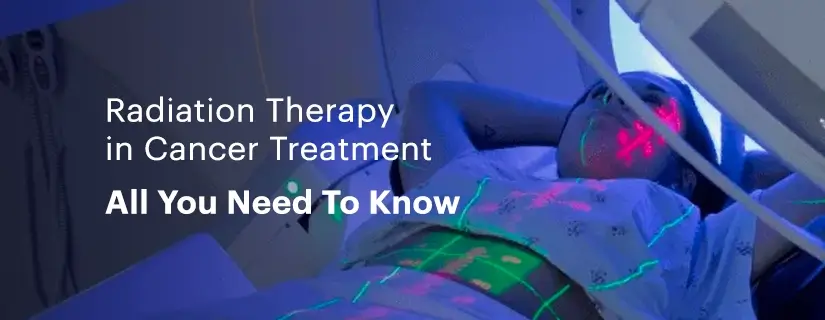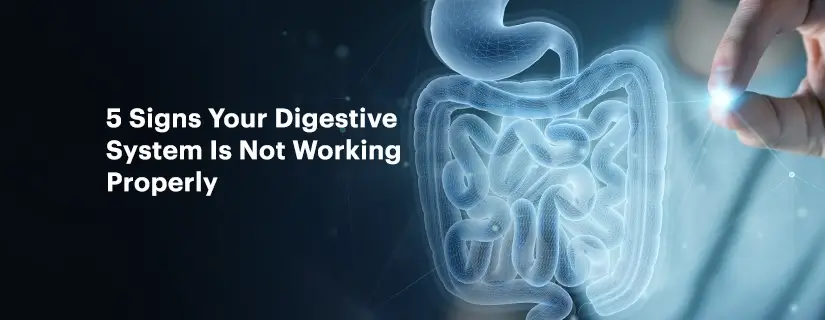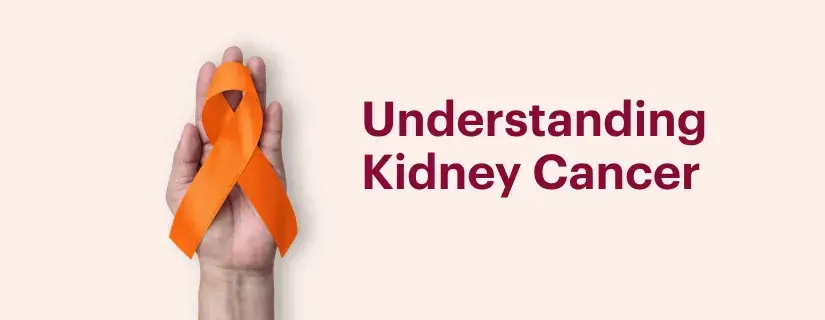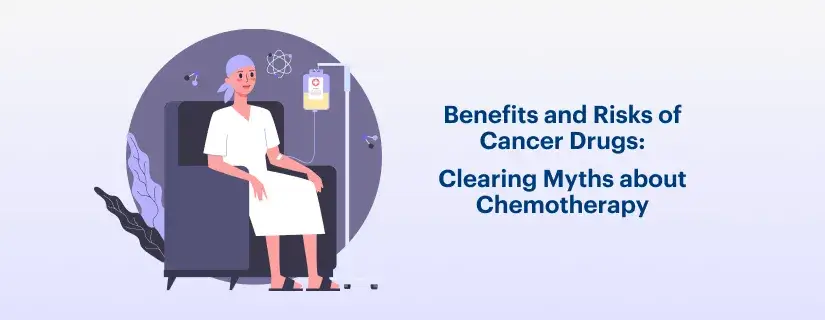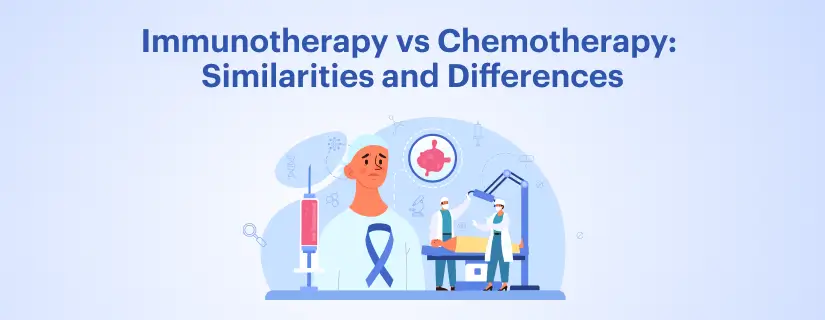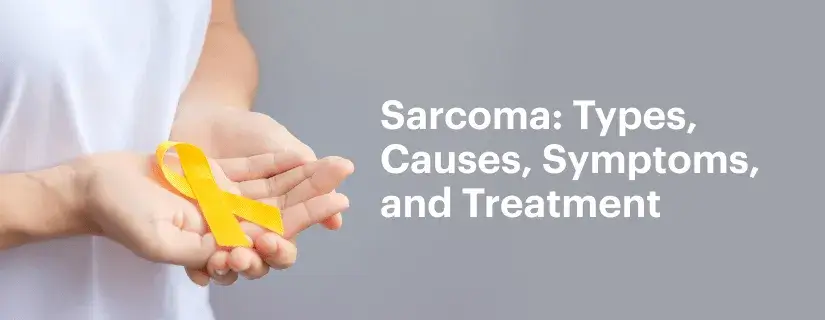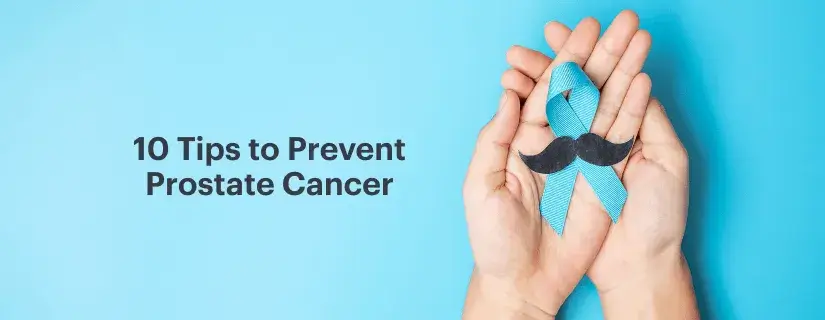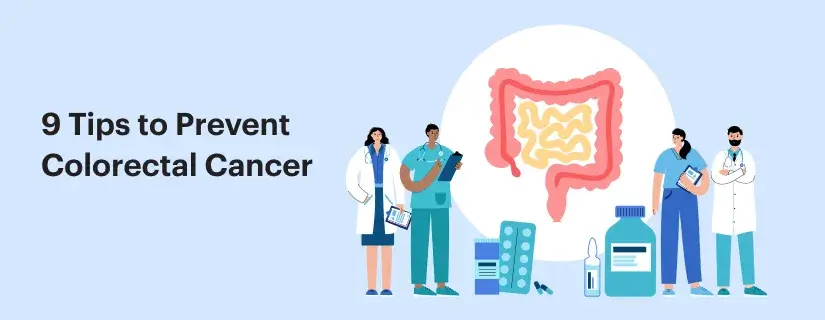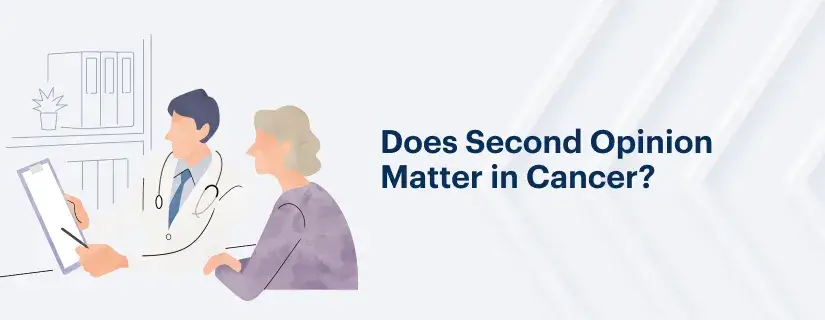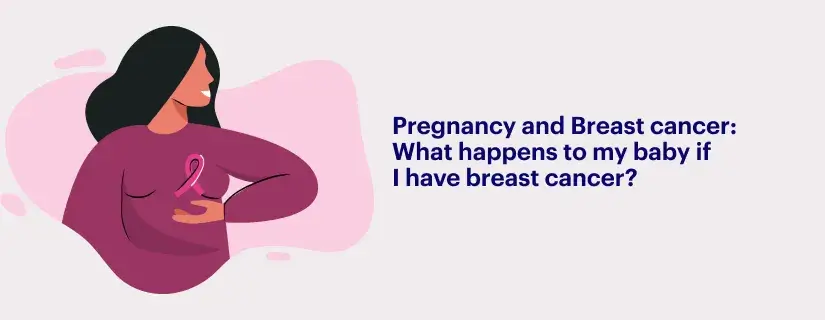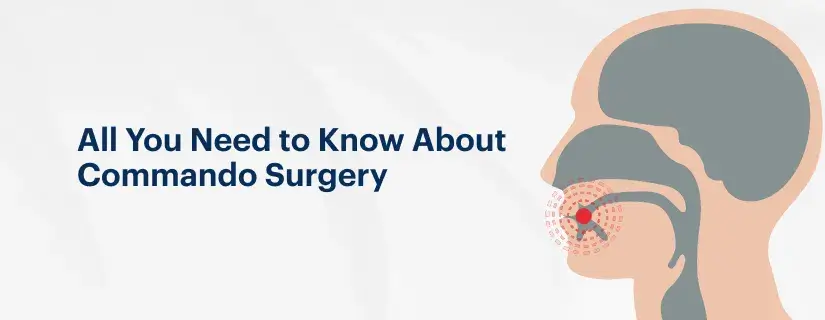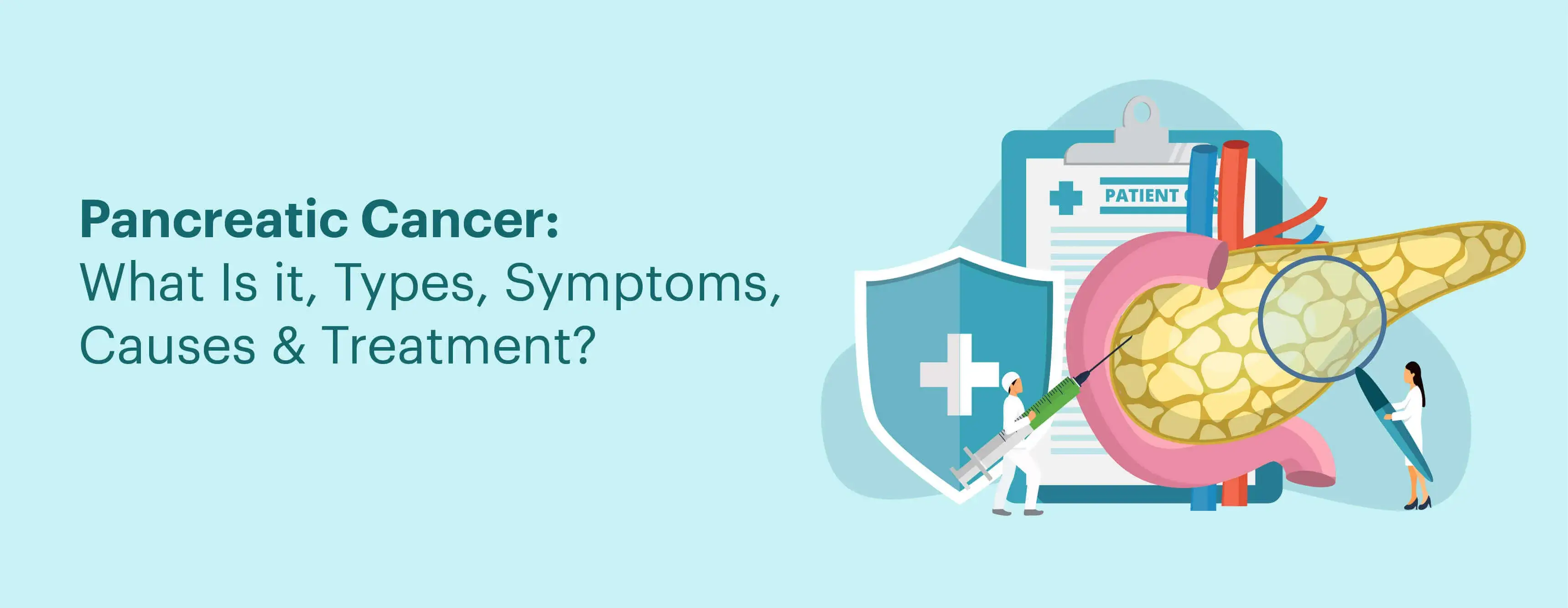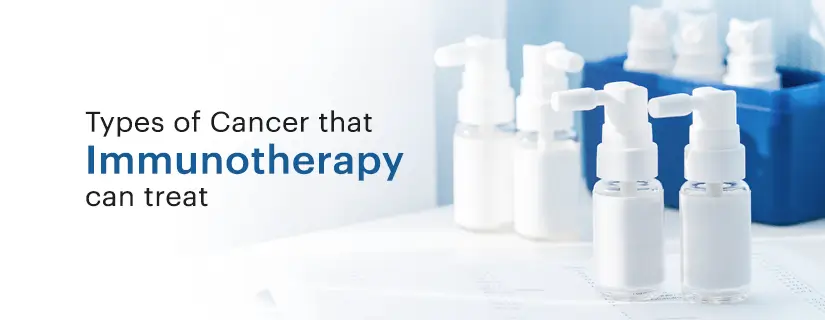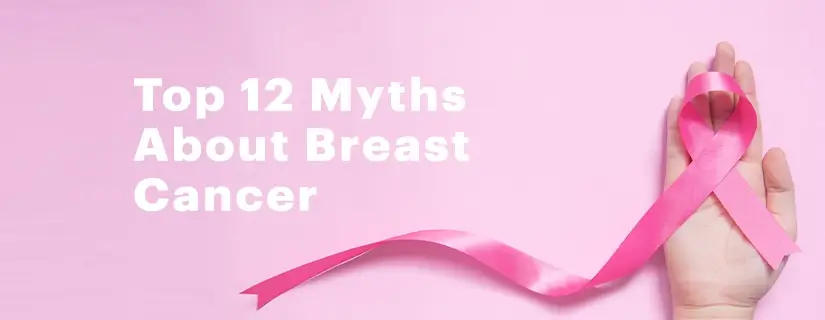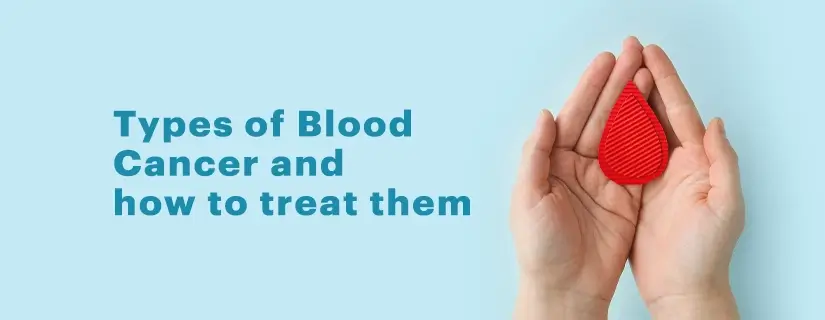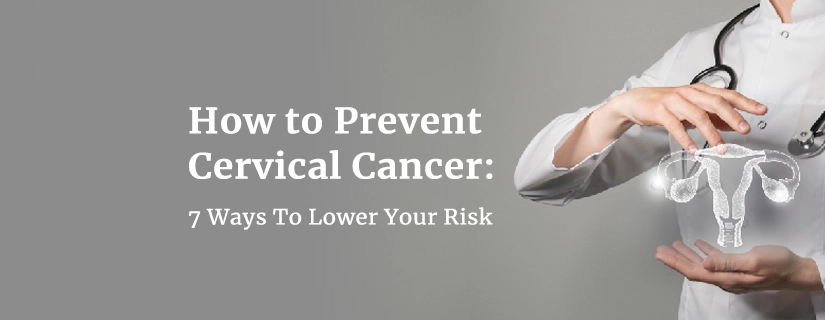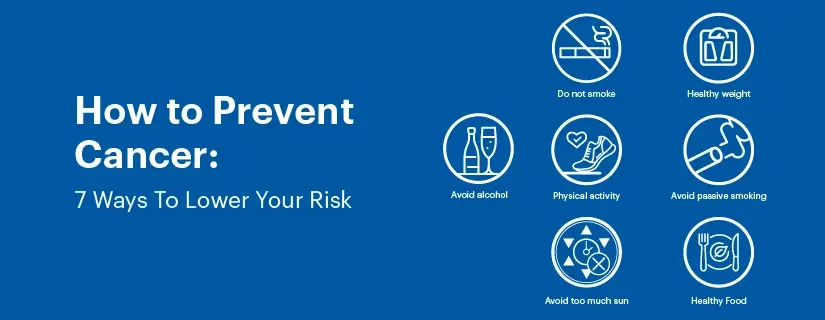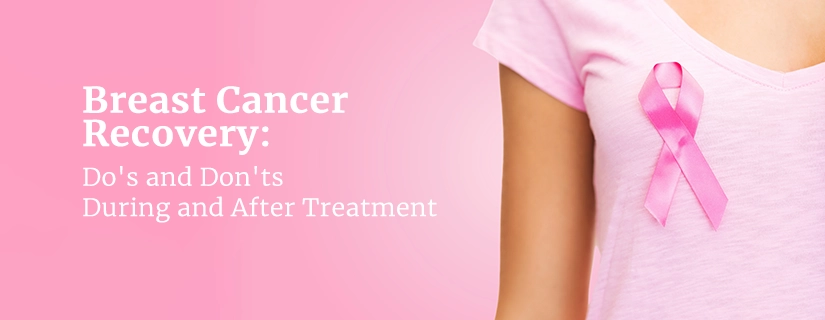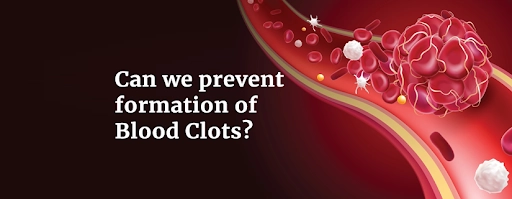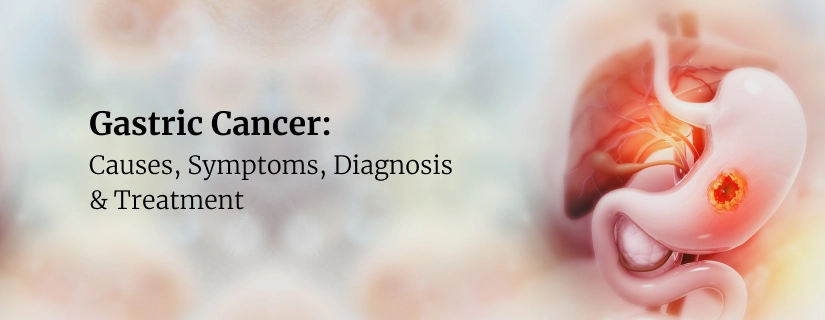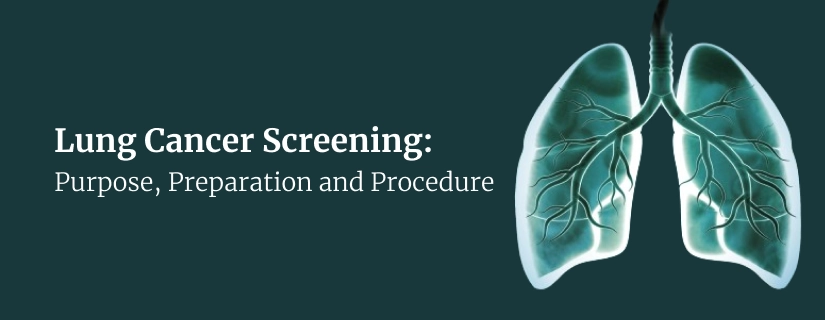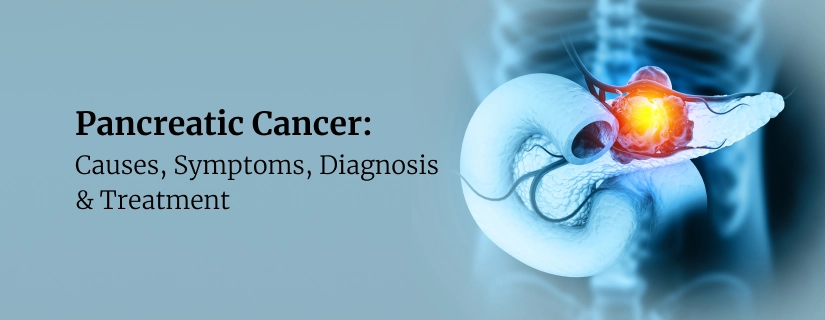-
Doctors
-
Specialities & Treatments
Centre of Excellence
Specialties
Treatments and Procedures
Hospitals & Directions HyderabadCARE Hospitals, Banjara Hills CARE Outpatient Centre, Banjara Hills CARE Hospitals, HITEC City CARE Hospitals, Nampally Gurunanak CARE Hospitals, Musheerabad CARE Hospitals Outpatient Centre, HITEC City CARE Hospitals, Malakpet
HyderabadCARE Hospitals, Banjara Hills CARE Outpatient Centre, Banjara Hills CARE Hospitals, HITEC City CARE Hospitals, Nampally Gurunanak CARE Hospitals, Musheerabad CARE Hospitals Outpatient Centre, HITEC City CARE Hospitals, Malakpet Raipur
Raipur
 Bhubaneswar
Bhubaneswar Visakhapatnam
Visakhapatnam
 Nagpur
Nagpur
 Indore
Indore
 Chh. Sambhajinagar
Chh. SambhajinagarClinics & Medical Centers
Book an AppointmentContact Us
Online Lab Reports
Book an Appointment
Consult Super-Specialist Doctors at CARE Hospitals
Breast Cancer - Symptoms, Causes, Stages, Risk Factors and Treatment Options
Updated on 25 April 2022
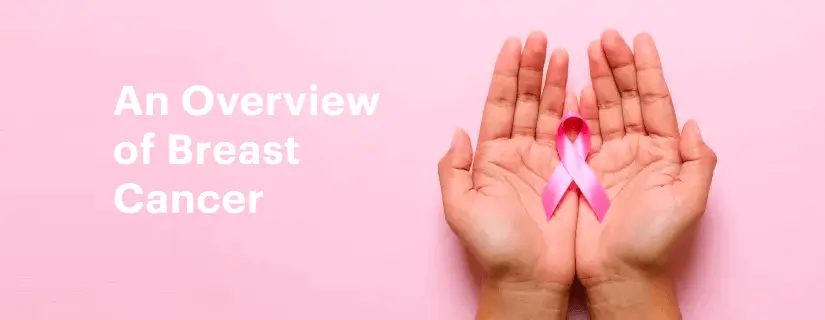
Table of Content
Breast cancer is a type of cancer that starts in the breast. It can start in one or both breasts. Cancer starts when cells begin to grow out of control. The breast is an organ that sits on top of the upper ribs and chest muscles. There is a left and right breast and each one has mainly glands, ducts, and fatty tissue. In women, the breast makes and delivers milk to feed newborns and infants. The amount of fatty tissue in the breast determines the size of each breast. Breast cancer occurs almost entirely in women, but men can get breast cancer, too.
Causes of Breast Cancer
Breast cancer is caused by the growth of abnormal and abnormal cells in the breast tissue. Numerous risk factors and mechanisms, including the following, can contribute to its development even though the exact causes are not always known.
- After puberty, a female’s breasts are made up of fat, connective tissue, and thousands of lobules. These are tiny glands that can produce milk. Tiny tubes, or ducts, carry the milk toward the nipple.
- Breast cancer develops as a result of genetic mutations or damage to DNA. These can be associated with exposure to estrogen, inherited genetic defects, or inherited genes that can cause cancer, such as the BRCA1 and BRCA2 genes.
- When a person has cancer, their immune system does not attack the abnormal DNA or growths. As a result, cells within breast tissue begin to multiply uncontrollably, and they do not die as usual. This excessive cell growth fotumortumour deprives surrounding cells of nutrients and energy.
- Breast cancer usually starts in the inner lining of the milk ducts or the lobules that supply them with milk. From there, it can spread to other parts of the body.
- Age: Breast cancer risk rises with growing older, with most cases affecting women over 50.
- Lifestyle Factors: Breast cancer risk can be increased by unhealthy behaviours such excessive alcohol intake, a sedentary lifestyle, and obesity.
It's crucial to remember that, despite the fact that these factors can raise the chance of breast cancer, many people who get the disease do not have any of the risk factors, and many people who do have risk factors do not. Mammograms, clinical breast exams, and self-examinations of the breast on a regular basis are essential for improved results and early identification.
Symptoms of Breast Cancer
An area of thickened tissue in the breast, a rash on the nipple , or a lump in the breast or an armpit are usually the first breast cancer symptoms
Other symptoms include
- armpit or breast pain does not change with the monthly cycle
- pitting, like the surface of an orange, or color changes such as redness in the skin of the breast
- a rash around or on one nipple
- discharge from a nipple, which may contain blood
- an inverted nipple
- a change in the size or shape of the breast
- peeling, flaking, or scaling of the skin of the breast or nipple
Determining Factors
- Lobules– the glands that make breast milk. Cancers that start here are called lobular cancers.
- Ducts– small canals that come out from the lobules and carry the milk to the nipple. This is the most common place for breast cancer to start. Cancers that start here are called ductal cancers.
- Nipple– the opening in the skin of the breast where the ducts come together and turn into larger ducts so the milk can leave the breast. The nipple is surrounded by slightly darker thicker skin called the areola.
- A less common type of breast cancer called Paget disease of the breast can start in the nipple.
- fat and connective tissue (stroma)– It surrounds the ducts and lobules and helps keep them in place. A less common type of breast cancer called phyllodes tumor can start in the stroma.
- Blood vessels and lymph vessels – Angiosarcoma is a less common type of breast cancer that can start in the lining of these vessels.
Stages of Breast Cancer
The stage of cancer is determined according to the size of the tumor and whether it has spread to lymph nodes or other parts of the body.
The stages are roughly structured as
- Stage 0: Ductal carcinoma in situ.
- The cancerous cells are only within the ducts and have not spread to surrounding tissues.
- Stage 1: Here, the tumor measures up to 2 centimeters (cm) across.
- It has not affected any lymph nodes or small groups of cancer cells in the lymph nodes.
- Stage 2: The tumor is 2 cm across and has started to spread to nearby nodes, or it is 2–5 cm across and has not spread to the lymph nodes.
- Stage 3: The tumor is up to 5 cm across and has spread to several lymph nodes; the tumor is larger than 5 cm and has spread to a few lymph nodes.
Risk Factors of Breast Cancer
The following factors make developing breast cancer more likely
- Age– The risk of breast cancer increases with age.
- Genetics– A person with certain mutations in the BRCA1 and BRCA2 genes has a higher chance of developing breast cancer, ovarian cancer, or both. People inherit these genes.
- Mutations in the TP53 gene also have links to increased breast cancer risk.
- If a close relative has or has had breast cancer, a person’s chance of developing breast cancer increases.
- History of breast cancer or breast lumps– A person who has had breast cancer is more likely to develop it again than a person with no history of the disease.
- Having some types of noncancerous breast lumps also increases the risk of developing cancer later on.
- Dense breast tissue– Dense breast tissue is more likely to be associated with a diagnosis of breast cancer.
- Oestrogen exposure and breastfeeding– Extended exposure to estrogen appears to increase the risk of breast cancer.
- This exposure could involve starting periods at an early age or entering menopause late.
- Breastfeeding, especially for over 1 year appears to reduce the risk of developing breast cancer. This may be due to the drop in estrogen exposure that follows pregnancy and breastfeeding.
- Body weight– Obesity after menopause may contribute to a greater likelihood of developing breast cancer, possibly due to increased estrogen levels.
- High sugar intake may also be a factor.
- Alcohol consumption– Regularly drinking high amounts of alcohol appears to play a role in breast cancer development.
- Radiation exposure – Undergoing radiation treatment for different cancer may increase the risk of developing breast cancer later in life.
- Hormone treatments – Studies have shown that oral contraceptives may slightly increase the risk of breast cancer. Studies have found that hormone replacement therapy, specifically estrogen-progesterone therapy, is related to an increased risk of breast cancer.
Treatment of Breast Cancer
The most effective best cancer treatment approach depends on several factors, including:
- type and stage of the cancer
- sensitivity to hormones
- person’s age, overall health, and preferences
The main treatment options include
- Radiation therapy– It involves targeting the tumour with controlled doses of radiation that kill any remaining cancer cells.
- Surgery
- Lumpectomy: removal of the tumour and a small amount of healthy tissue around it.
- Helps in preventing the spread of cancer.
- It is the preferred option if the tumour is small and easy to separate from surrounding tissue.
- Mastectomy: It Involves removing the breast’s lobules, ducts, fatty tissue, nipple, areola, and some skin.
- In some types, a surgeon also removes the lymph nodes and muscles in the chest wall.
- Sentinel node biopsy: If breast cancer reaches the sentinel lymph nodes, the first nodes to which it can spread, it can travel to other parts of the body through the lymphatic system. If the doctor does not find cancer in the sentinel nodes, it is usually not necessary to remove other nodes. You may contact the professionals at our breast cancer hospital in Hyderabad to know more about the sentinel node biopsy.
- Axillary lymph node dissection: If cancer cells are found in the sentinel nodes, it is recommended to remove several lymph nodes in the armpit. This can prevent cancer from spreading.
- Lumpectomy: removal of the tumour and a small amount of healthy tissue around it.
- Biological therapy, or targeted drug therapy- Targeted drugs can destroy specific types of breast cancer, such as:
- trastuzumab (Herceptin)
- lapatinib (Tykerb)
- bevacizumab (Avastin)
- Hormone therapy- It is Used to prevent hormone-sensitive breast cancers from returning after treatment.
- The therapy may help treat oestrogen receptor-positive and progesterone receptor-positive cancers.
- It also helps to prevent hormone-sensitive breast cancers from returning after treatment.
- Healthcare professionals usually administer it after surgery, though in some cases they may do so beforehand to shrink the tumour.
- Hormone-blocking therapy may be the only suitable option for people who are not eligible for surgery, chemotherapy, or radiotherapy.
- Examples of hormone-blocking medications may include:
- tamoxifen (Nolvadex)
- aromatase inhibitors
- ovarian ablation or suppression
- goserelin (Zoladex)
- Chemotherapy- cytotoxic chemotherapy drugs to kill cancer cells if there is a high risk of recurrence or spread.
- There are mainly two forms of chemotherapy
- adjuvant chemotherapy- chemotherapy after surgery
- neoadjuvant chemotherapy.- chemotherapy before surgery
- There are mainly two forms of chemotherapy
Prevention of Breast Cancer
A person can take the following steps to significantly reduce the risk of breast cancer.
- limiting alcohol consumption
- a healthy diet with plenty of fresh fruit and vegetables
- ample exercise
- maintaining a moderate body mass index
CARE Hospitals is rated as the best breast cancer hospital in Hyderabad and offers world-class breast cancer treatment in India.

ENQUIRY FORM
SELECT CATEGORIES
-
Neurosciences (16)
-
Neurology (38)
-
Neurosurgery (14)
-
Orthopaedics (48)
-
Oncology (33)
-
Obstetrics and gynecology (52)
-
Pulmonology (23)
-
Urology (20)
-
Nephrology (13)
-
Psychiatry (7)
-
Dietetics and Nutrition (111)
-
General Medicine (63)
-
Cardiac Sciences (32)
-
Vascular & Endovascular Surgery and Interventional Radiology (15)
-
Gastroenterology (46)
-
Endocrinology (23)
-
Plastic Surgery (10)
-
Critical Care Medicine (5)
-
COVID-19 (16)
-
Dermatology (16)
-
Emergency Care (1)
-
Ophthalmology (4)
-
Pediatrics (14)
-
Laparoscopic and Bariatric Surgery (8)
-
ENT (15)
-
Kidney Transplant (1)
-
Liver Transplantation and Hepatobiliary Surgery (5)
-
General Surgery (3)
-
Internal Medicine (5)
-
Medicine Information
Breast Cancer: Signs, Symptoms, Types, Stages, Diagnosis and Treatment
Best Diet for Prevention of Oral Cancer
YOU MAY ALSO LIKE
RECENT BLOGS
-
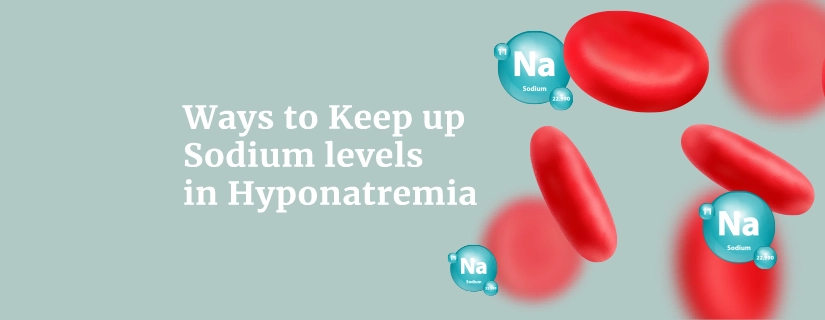
Ways to Keep up Sodium levels in Hyponatremia
11 December 2025
Read More
-

12 Health Benefits of Apple Cider Vinegar
1 December 2025
Read More
-
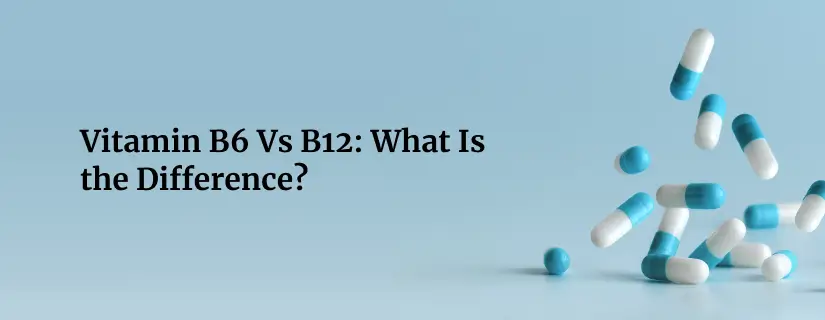
Vitamin B6 Vs B12: What Is the Difference?
1 December 2025
Read More
-

8 Health Benefits of Vitamin B Complex
1 December 2025
Read More
-

15 Home Remedies for Stomach Pain
1 December 2025
Read More
-
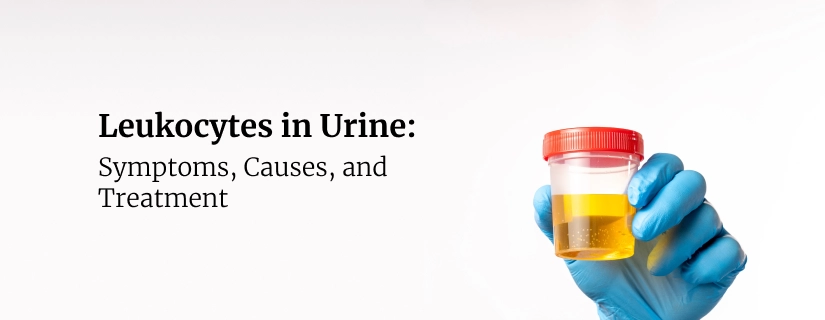
Leukocytes in Urine: Symptoms, Causes, and Treatment
1 December 2025
Read More
-
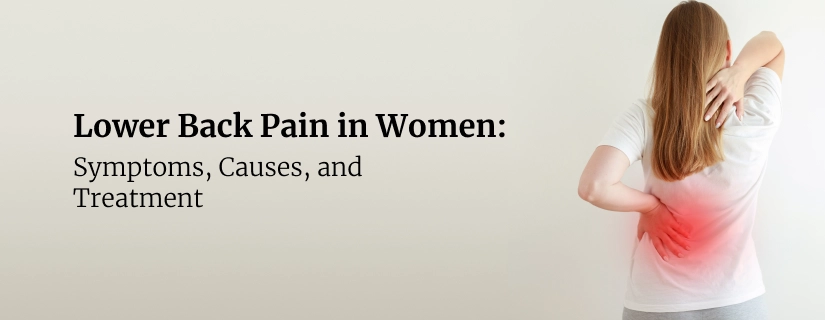
Lower Back Pain in Women: Causes, Symptoms, Treatment and More
1 December 2025
Read More
-
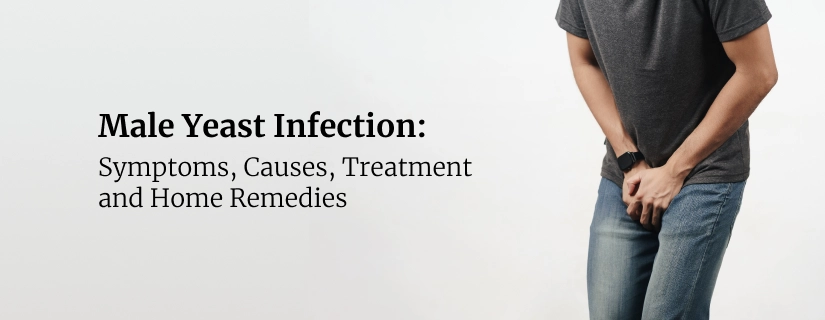
Male Yeast Infection: Symptoms, Causes, Treatment and Home Remedies
1 December 2025
Read More
Have a Question?
If you cannot find answers to your queries, please fill out the enquiry form or call the number below. We will contact you shortly.




